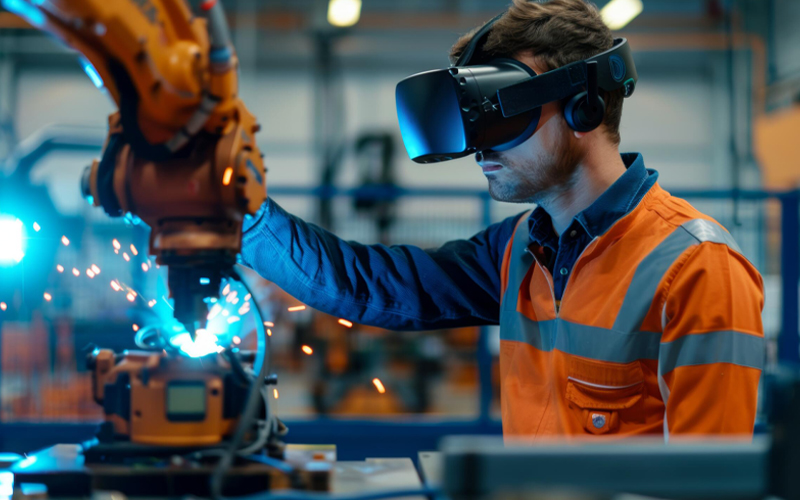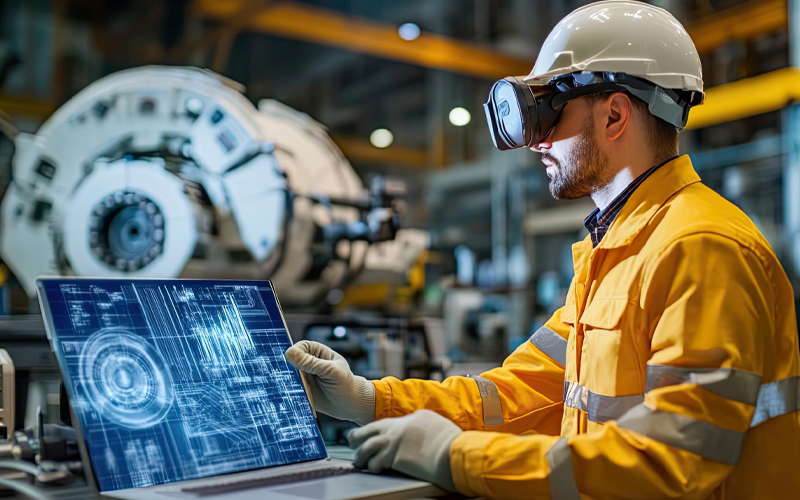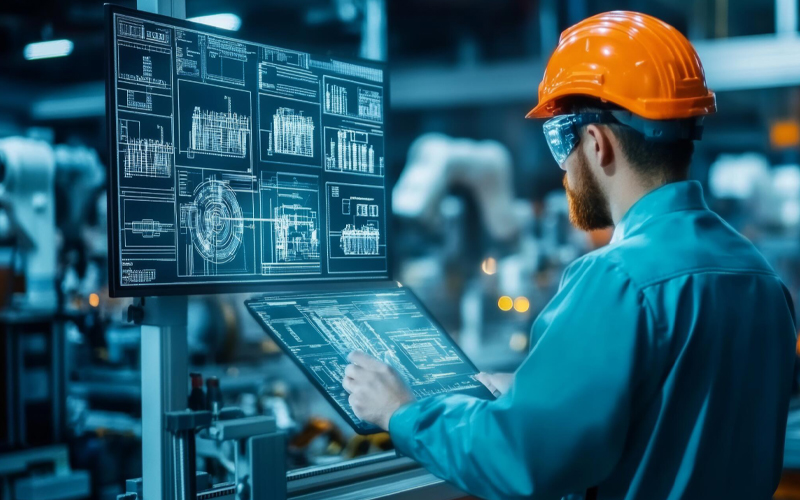Since the dawn of the factory era, the effort of factory owners has been to produce goods under the customer parameters of Quality, Cost and Delivery timelines - the holy trifecta of manufacturing.
With Industry 1.0, manufacturing at scale was achieved with the help of steam engines. Industry 2.0 saw the introduction of oil and gas powering the assembly line, along with telephones and the telegraph. With computers and embedded system automation, Industry 3.0 ushered in an era of quantum improvements in efficiency. We are now firmly in Industry 4.0, where Industrial Internet of Things (IIoT), robotics and automation rule the roost. While stepping into Industry 5.0, where a more sustainable manufacturing automation and personalised manufacturing will play key roles, it is time to take stock of robotics in manufacturing as a continued driver of efficiency. Robotics have also afforded manufacturers the opportunity to improve quality and ensure better workplace safety.
Where are the places robots are deployed in manufacturing? The typical answer one visualises for this question may be the giant robotic arms deployed in assembly lines, tirelessly putting together the product, component by component. But robots are also used in quality control, material handling (including material transfer and machine loading/unloading) and in processing operations, besides being used in warehouses, delivery operations and more. For instance, at the famous Tesla GigaFactory, self navigating autonomous vehicles transfer materials between different workspaces.
The other significant area where robots are deployed is in automating business processes via Robotic Process Automation (RPA). Such software bots can introduce manifold efficiency in repetitive business tasks, giving businesses quadratic, even exponential improvements in productivity and efficiency.
Let us examine the various benefits that robots bring to the manufacturing industry:
- Improved productivity: Robots working around the clock can maintain and improve machine cycle times and throughput, thereby giving assembly lines higher productivity numbers. This consistency in speed and quality leads to saving in costs, and swifter time to market - thereby contributing directly to the bottom line.
- Increased efficiency: When labour-intensive tasks are automated and taken over by robots, the scope for errors reduces dramatically. These could range from simple pick-and-place operations to arc and spot welding, cutting, bedding, turning, painting or other repetitive tasks that require consistency in output.
- Better workplace safety: Robots can operate round the clock in conditions that may be hazardous or unsuitable for humans. These could include operations at a height, confined spaces such as clean rooms, high- or low-temperature environments where humans cannot work for sustained periods.
- Added flexibility: As a natural progression from general-purpose machines that can be adapted to multiple operations, the industry now uses general-purpose robots that can be reconfigured based on changes in the assembly line or product specifications. Such flexibility allows businesses to respond swiftly to changes in the market or supply/demand, without having to invest in new machinery.
- Easier regulatory compliance: With optimizations on the shop floor, in quality control and in other lateral operations, meeting stringent regulatory requirements or local laws becomes easier for manufacturers. Robots can be programmed to meet compliance requirements and standards by default, allowing little, if any, scope for deviations. This also results in cost savings as fines and penalties for non-compliance are avoided.
- Data analytics: Modern-day industrial robots come equipped with sensors, computer vision and wifi connections. They can transmit real-time data and information about production to servers for further analysis and machine learning. This boosts the decision-making capability of the smart factory, enabling swift pivots based on market conditions and production numbers.
- Space optimization: Besides increase in productivity and efficiency, businesses can reap dividends with optimizations such as gain in floor space. For example, wide aisles that were typically needed to accommodate movement of human workers can be narrowed down for robots.
- Waste reduction: In factory settings, where multiple parameters and minute slip-ups can translate into significant cost additions, robots can be a godsend. Consider tasks such as painting or welding: robots can apply the minimal paint required to meet specifications or use a minimal amount of weld material. When the product quantity being manufactured runs into millions, these small waste reductions contribute to huge cost savings.
One of the most positive side-effects of automation is employee happiness. When factory employees realise that robots do not replace them, but augment their capabilities, freeing them up to focus on higher value add tasks, surveys report higher employee satisfaction numbers. Employees are also freed up from having to work in less-than-optimal, even hazardous conditions. Workers do not have to suffer work-related stresses and injuries when freed up from repetitive physical tasks or stressful tasks such as lifting heavy objects.
Industry analysts have pegged cost savings due to automation between 20 to 60 per cent in many industries. It is evident that robotics and automation can pole vault manufacturing to a new era of productivity and efficiency. With Industry 5.0, the era of collaborative robots working in tandem with human workers, green factories with zero environmental costs and sustainable, personalised manufacturing with ‘lots of one’ are no longer pipe dreams. Small manufacturers can invest in small, flexible, collaborative robots that can help them realise cost savings and improved productivity.
How Infosys BPM can help
The manufacturing sector holds the promise of being at the centre of innovation in Industry 4.0. Infosys BPM offers a range of digital services and solutions in outsourcing for any manufacturing company that go beyond standard operating models and benchmarks. Our digital transformation services support factories to operate confidently with new materials, technologies, production methodologies, planning processes and more importantly, skillset requirements in the sector, and to benefit from a radical shift in outcomes and performance from the current levels.
Our team comprises over 8000 dedicated professionals across 27 global service delivery locations, providing end-to-end business solutions focused towards the manufacturing industry. Our domain expertise is enriched with a centre of excellence that leverages industry experts and business consultants in developing new service offerings for our clients.







